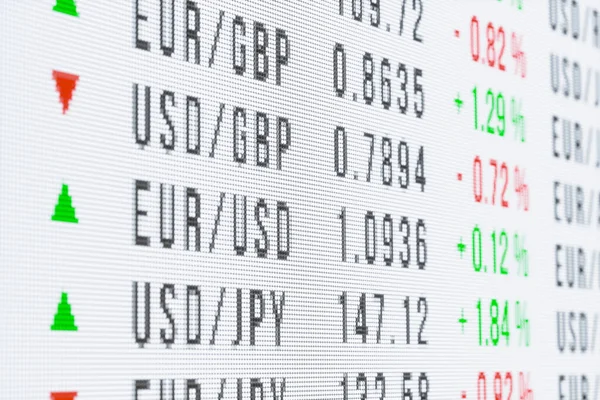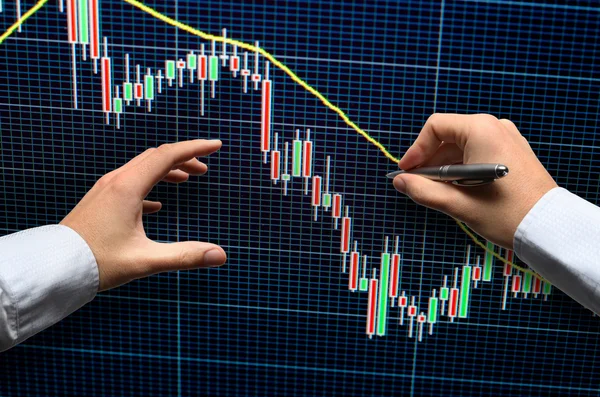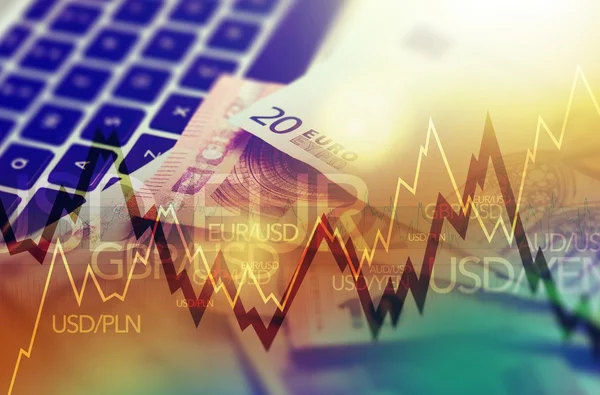1. Introduction to Forex Trading: A Vibrant Global Market
Foreign exchange trading, commonly known as Forex trading, is a global market where currencies are traded. It’s arguably the most liquid market in the world, with daily trading volumes exceeding $5 trillion. This vibrant marketplace is open 24 hours a day, five days a week, affording traders the opportunity to buy and sell currencies at any time, day or night.
Forex trading is essentially about speculating on the fluctuating values of currencies against each other. Traders aim to profit from these changes in value, buying low and selling high. It’s important to note that Forex trading is not only done by financial institutions and corporations, but also by individual investors looking to diversify their investment portfolios.
The Forex market is decentralized, meaning it’s not conducted through a central exchange, but rather over-the-counter (OTC). This means that transactions are conducted electronically between traders from all over the world. Its global scope and high liquidity make Forex trading an appealing option for many investors.
2. Key Terms and Concepts in Forex Trading

To fully understand Forex trading, it’s crucial to familiarize oneself with the key terms and concepts in this market. Here are a few important ones:
- Base and Quote Currency: In Forex trading, currencies are always quoted in pairs, with the first currency referred to as the base currency and the second the quote currency.
- Pip: Short for ‘percentage in point,’ a pip is the smallest price move that a given exchange rate can make.
- Leverage: This refers to the use of borrowed capital to increase the potential return of an investment. In Forex trading, leverage can significantly multiply the profits from a successful trade, but it can also magnify losses.
These terms, among others, form the basic language of Forex trading. Understanding them is vital to grasp how trades are executed and profits or losses calculated.
3. Understanding Currency Pairs and Forex Quotes

In Forex trading, currencies are always traded in pairs. This is because the value of a single currency is always relative to another currency. For example, if you’re trading the EUR/USD pair, you’re essentially buying euros and selling US dollars.
A Forex quote represents the value of one currency in relation to the other. So, in the EUR/USD pair, if the quote is 1.20, it means one euro is equivalent to 1.20 US dollars. If the quote rises to 1.25, it means the euro has strengthened against the dollar, as you now get more dollars for each euro.
Knowing how to read Forex quotes is fundamental to trading. It’s also vital to grasp the concept of the bid and ask prices. The bid price is the amount you can sell the base currency for, while the ask price is how much you will pay for it. The difference between these two prices is known as the spread.
4. The Forces Behind Forex Market Fluctuations

The Forex market is influenced by a variety of factors that cause the value of currencies to rise and fall. Here are some of these forces:
- Economic Factors: This includes elements such as inflation rates, interest rates, and GDP growth among others. These factors influence a country’s economic health, thus affecting the value of its currency.
- Political Stability and Performance: The political climate in a country can have a significant effect on its currency value. Political instability tends to lead to financial instability, which can devalue a currency.
- Market Psychology: Market sentiment and trader perception also play a role in driving currency values. If traders believe a currency will rise, they will buy it, driving up its value.
Understanding these factors can help traders predict future currency movements and make more informed trading decisions.
5. Essential Techniques and Strategies in Forex Trading
There are several strategies and techniques used in Forex trading, each with its own risk and reward profile. Some of the most popular include:
- Day Trading: This strategy involves making multiple trades within a single day, taking advantage of small price movements.
- Swing Trading: Swing traders aim to capture larger price movements over several days or even weeks.
- Position Trading: Position traders take a long-term view, holding positions for months or even years.
It’s important for every trader to choose a strategy that fits their trading style, risk tolerance, and time commitment. It’s also crucial to have a solid understanding of technical analysis and charting, as these tools can provide valuable insights into market trends and potential trading opportunities.
6. Risks and Rewards: Making Informed Forex Trading Decisions

Forex trading can be highly profitable, but it’s not without risk. Leverage, while it can magnify profits, can also amplify losses. Furthermore, the Forex market is highly volatile, with currency values fluctuating rapidly. A single news event can cause a significant swing in a currency’s value.
Informed decisions in Forex trading involve a good understanding of the market, a well-thought-out strategy, and effective risk management. Traders must also be aware of the emotional aspects of trading and avoid making decisions based on fear or greed.
In conclusion, while Forex trading offers significant profit potential, it’s not suitable for everyone. It requires considerable knowledge, skill, and emotional control. As with any investment, it’s essential to understand the risks and have a clear strategy before venturing into Forex trading.





